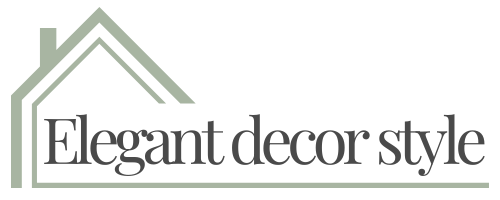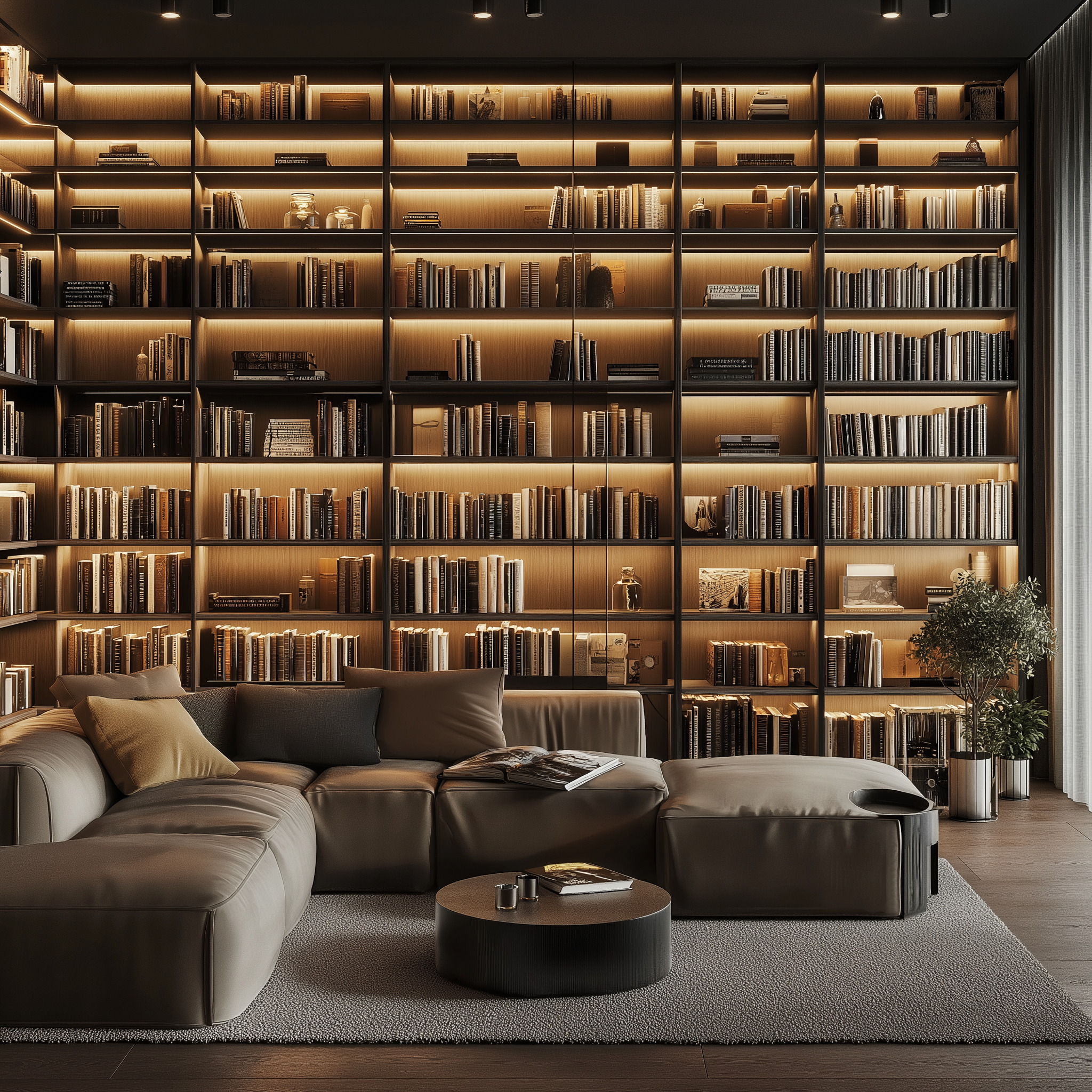Living Room Library Ideas: Stylish Ways to Integrate Bookshelves Into Your Space
Table of Contents
Introduction
Is there anything more inviting than a wall lined with books, beckoning you to sit down, sip something warm, and lose yourself in a great story? For book lovers and design enthusiasts alike, a living room library offers the perfect blend of form and function—adding warmth, texture, and personality to the heart of the home.
In recent years, the idea of integrating a library into shared spaces has surged in popularity. According to a 2023 Houzz trend survey, “built-in bookshelves” and “reading nook” were among the top-searched terms for living room upgrades. Whether your home is large or compact, classic or contemporary, there’s a design-forward way to incorporate bookshelves into your living space.
This guide explores creative, practical, and stylish solutions for building your dream living room library—without sacrificing flow, aesthetics, or comfort.
In-Depth Outline
1. Benefits of a Living Room Library
- Adds warmth, personality, and visual interest.
- Increases functionality of existing space.
- Creates cozy reading or conversation zones.
Table: Practical & Aesthetic Benefits
| Benefit | Description |
| Storage | Holds books, art, plants, or family heirlooms |
| Architectural Detail | Adds built-ins or visual symmetry |
| Flexibility | Works in modern, traditional, or eclectic styles |
| Lifestyle Value | Encourages reading, relaxation, unplugged time |
2. Built-In vs. Freestanding Bookshelves
Pros and Cons of Each
- Built-ins: Custom look, maximized use of wall space.
- Freestanding: Flexible, renter-friendly, often more affordable.
Table: Built-In vs. Freestanding Comparison
| Feature | Built-In Bookshelves | Freestanding Shelves |
| Customization | High (tailored to space) | Limited to store options |
| Cost | Higher upfront investment | Generally lower |
| Flexibility | Permanent | Easy to move or rearrange |
| Aesthetic Appeal | Seamless, integrated | Can add eclectic charm |
3. Choosing the Right Wall or Zone
- Use full wall behind sofa for vertical drama.
- Flank fireplace or windows for symmetry.
- Corner shelves in small rooms to conserve space.
4. Styling Tips: Make It Look Intentional
- Mix books with decorative objects.
- Use color-coordinated spines or organize by theme.
- Add greenery or artwork for a layered look.
5. Multi-Use Ideas: Library Walls with Hidden Function
- Combine with media center or TV wall.
- Add a rolling ladder for height and classic charm.
- Include lower cabinets for concealed storage.
6. Design Styles That Work with Bookshelves
Modern Minimalist
- Floating shelves, monochrome palettes, sleek lighting.
Traditional Elegance
- Crown molding, rich wood tones, symmetrical styling.
Boho Eclectic
- Mismatched books, vintage finds, woven baskets, and plants.
7. Lighting Your Living Room Library
- Install sconces above shelves or art lights.
- Use LED strips under shelves for subtle ambiance.
- Add floor lamps near a reading chair.
8. Small Space Solutions
- Use a slim bookcase behind the sofa.
- Turn alcoves or awkward walls into vertical libraries.
- Use multifunctional furniture: bookshelves as room dividers.
Detailed Content Expansion
2. Built-In vs. Freestanding Bookshelves
One of the first decisions you’ll need to make when creating a living room library is whether to install built-in shelving or opt for freestanding bookcases. Each has its advantages, and your choice depends largely on budget, layout, and how permanent you want the solution to be.
Built-In Bookshelves
Custom built-ins create a seamless, high-end look. They’re often tailored to the exact dimensions of your space and can be designed around architectural features like fireplaces or windows. While they typically require a higher investment, they add long-term value and visual cohesion.
Benefits of built-ins:
- Maximize wall space from floor to ceiling.
- Can include base cabinets for hidden storage.
- Offer a timeless, architectural feel.
Potential drawbacks:
- Require professional installation (or skilled DIY).
- Not ideal for renters or short-term solutions.
- More costly and permanent.
Freestanding Bookcases
On the other hand, freestanding units offer flexibility and affordability. You can move them around, mix and match styles, or swap them out as your needs change.
Benefits of freestanding shelves:
- Easy to find in a variety of price points and styles.
- Perfect for renters or evolving spaces.
- Can make a design statement—especially vintage or open-back styles.
Drawbacks:
- May look less cohesive or intentional in open spaces.
- Not always built to custom measurements.
Table: Built-In vs. Freestanding Bookshelves
| Feature | Built-In | Freestanding |
| Budget Range | $$$–$$$$ (custom) | $–$$$ (IKEA to designer) |
| Lifespan | Long-term/permanent | Flexible and mobile |
| Installation | Requires planning or contractor | Ready-to-use |
| Best Use Case | Long-term home, resale value | Renters, eclectic styling |
4. Styling Tips: Make It Look Intentional
A well-designed bookshelf is more than storage—it’s an opportunity to showcase your personality and design style. Whether you’re going for curated or cozy, styling your living room bookshelves with intention can turn them into a focal point.
Layer Books with Decor
Instead of filling every inch with books, mix in decorative objects: vases, framed photos, sculptural items, or candles. This approach adds variety and depth while preventing visual clutter.
Vary Heights and Orientation
- Stack some books horizontally to create “resting platforms” for decor.
- Use tall items like candlesticks or leaning art to add vertical interest.
- Leave some negative space—shelves don’t need to be packed.
Color-Coordinate or Theme-Group
Arrange books by spine color for a graphic look, or group by topic for a personal touch. While some designers embrace backward-facing books for a uniform look, others suggest it’s better to keep titles visible for usability.
Add Greenery
Small potted plants or trailing vines breathe life into shelves and soften hard lines. Choose low-maintenance options like pothos, snake plants, or faux greenery if lighting is low.
Lighting Enhances It All
Use LED strip lights or picture lights above shelves to highlight displays and create a cozy ambiance.
Table: Shelf Styling Elements
| Item Type | Purpose | Example Use |
| Books | Base content, structure | Mix horizontal and vertical |
| Art or Photos | Personalization | Lean against back or hang frame |
| Plants | Organic softness | Place at ends or cascading down |
| Decor Objects | Texture and height variation | Bowls, busts, vases |
| Lighting | Function + ambiance | Picture light or sconces |
Pro Tip: Step back after styling each shelf and adjust balance. Think of your shelves as a series of vignettes.
Conclusion
A living room library is more than a design statement—it’s a lifestyle upgrade. By integrating bookshelves into your living space, you’re adding both function and beauty, creating an environment that encourages reading, relaxation, and personal expression.
Whether you choose custom built-ins or freestanding shelves, the key lies in intentional placement, thoughtful styling, and layering. With the right combination of design and function, your living room can double as a sophisticated home library that inspires and impresses.

